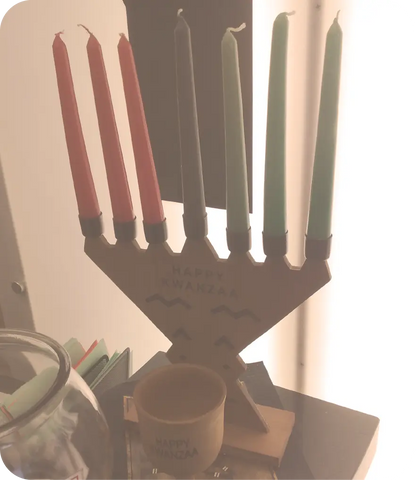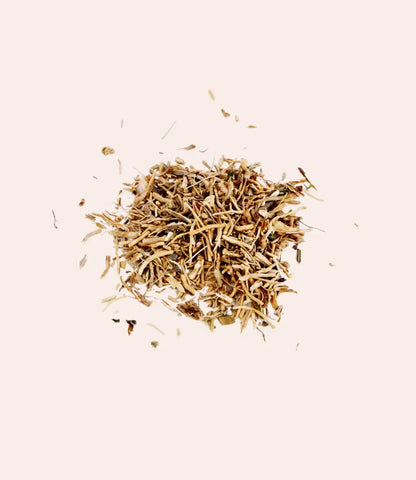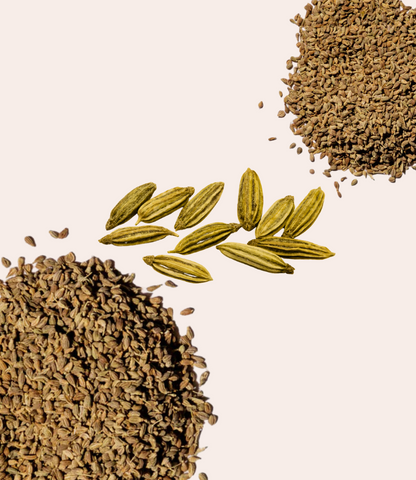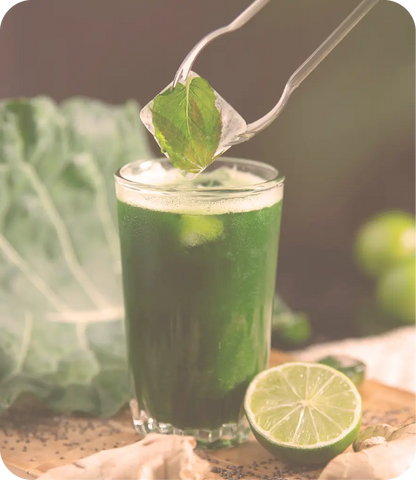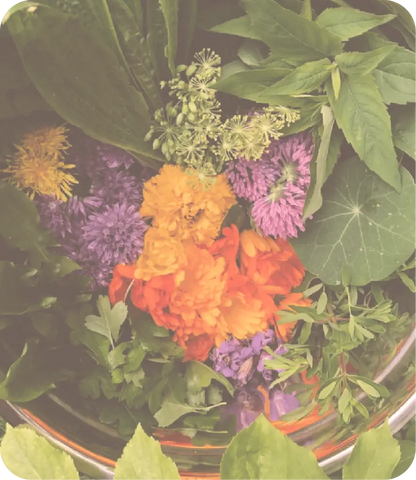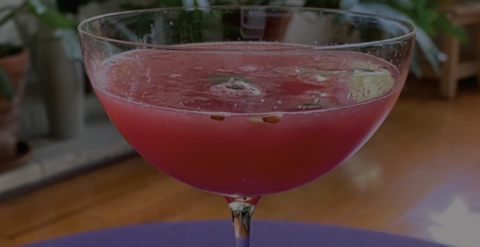
A Juneteenth Elixir and a Slice of its Ties to Mexican History
In northern Mexico’s Coahuila State there’s a village where locals celebrate Juneteenth by eating and drinking traditional Afro-Seminole cuisine, dancing to norteña music, and practicing capeyuye — spiritual ancestral hymns passed on by the enslaved peoples who traveled the southern Underground Railroad to a new freedom in Mexico.
According to National Geographic, nearly 5,000 enslaved Afrodescendents escaped to Mexico after Mexico outlawed slavery in 1829, nearly 30 years before the United States. While most traveled on their own or in small groups, some were helped by an informal network of free African Americans, Mexicans, and Tejanos. Motivations for assisting the refugees were complex—some did so out of sympathy, while others were paid to transport them across the border.
Juneteenth, which takes place on June 19, is a day that marks the freedom of forced enslaved Afrodescendants in Texas at the end of the United States Civil War and is considered by some Black folks as the U.S.'s “second Independence Day” — finally recognized as a federal holiday in 2021.
The tradition of Juneteenth is celebrated by the practice of eating red foods—red cake, barbecue, punch and fruit—may owe its existence to the enslaved Yoruba and Kongo brought to Texas (and possibly Mexico) in the late 18th and early 19th century, from present-day Nigeria, Ghana, Togo, Benin, and the Democratic Republic of Congo.
Micheal Twitty notes that, “enslavement narratives from Texas recall an African ancestor being lured using red flannel cloth, and many of the charms and power objects used to manipulate invisible forces required a red handkerchief.”
Fred Opie, professor of history and foodways at Babson College explores how the red color could be connected to “the Asante and Yoruba's special occasions which included offering up the blood of animals (especially the red blood of white birds and white goats) to their ancestors and gods.”
Red, in many West African cultures, is a symbol of strength, spirituality, life and death. This cultural legacy along with the distinct cultivation and preparation of foods like watermelon, okra, beans, and many other food groupings—some red, some not—was a practice brought across the Atlantic that we all can continue to use as a vessel of celebration and connecting to the spirit of who have passed. Happy Juneteenth, enjoy this soothing and cooling herbal watermelon recipe below.
WHAT YOU'LL NEED
1 shot of mezcal or *mineral water for non-alcoholic option
1/4 cup packed of raspberry leaf, rosemary or sage
1/4 inch slice of jalapeño
1 cup watermelon, diced
Desired amount of Xula herbs
1 tsp agave *optional
WHAT TO DO
1. In a metal shaker, add mezcal, the slice of jalapeño (being sure to not touch its seeds), herbs of choice, agave, watermelon, muddle and let sit for at least 2 minutes.
2. Add ice into shaker with the rest of the infused mix and shake aggressively for 60 seconds until slightly frothy.
3. Using a strainer, strain mixture into a high or low ball glass with ice, a splash of soda water, any additional drops of Xula and enjoy the holiday.


